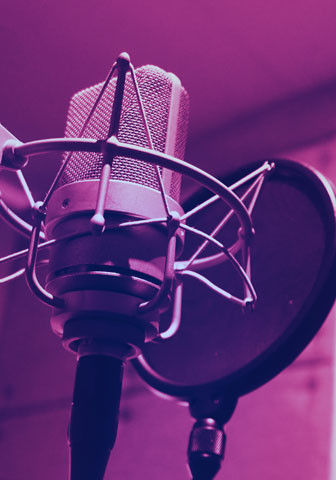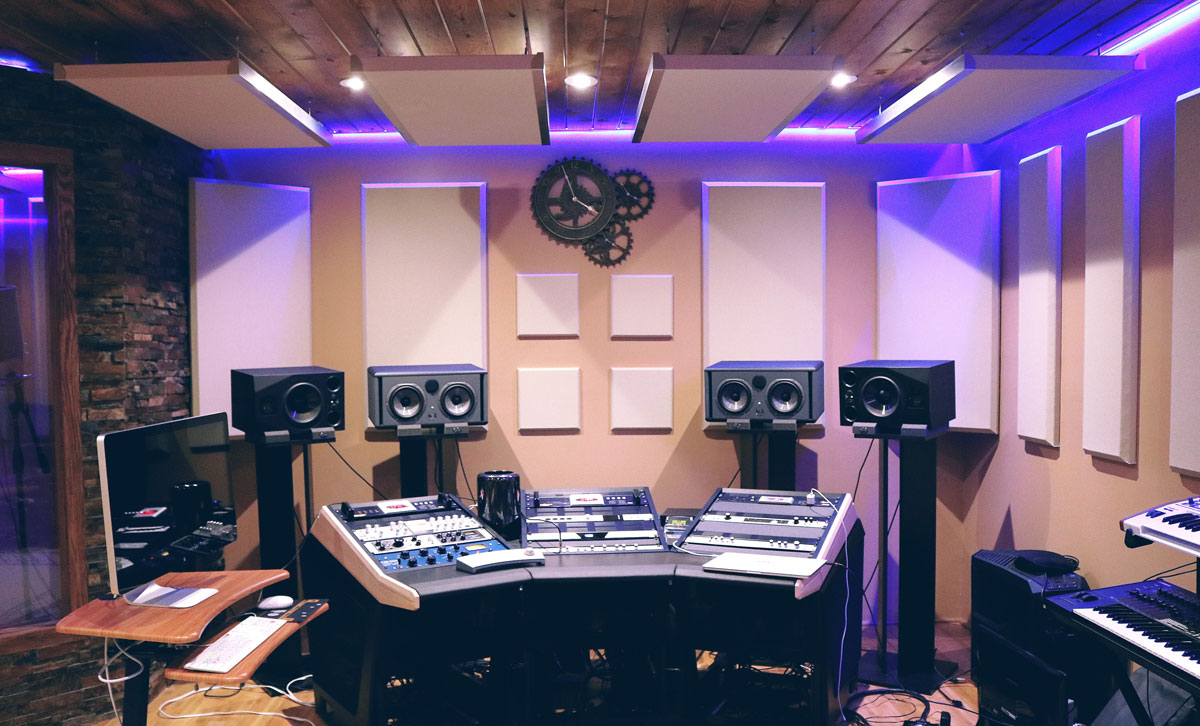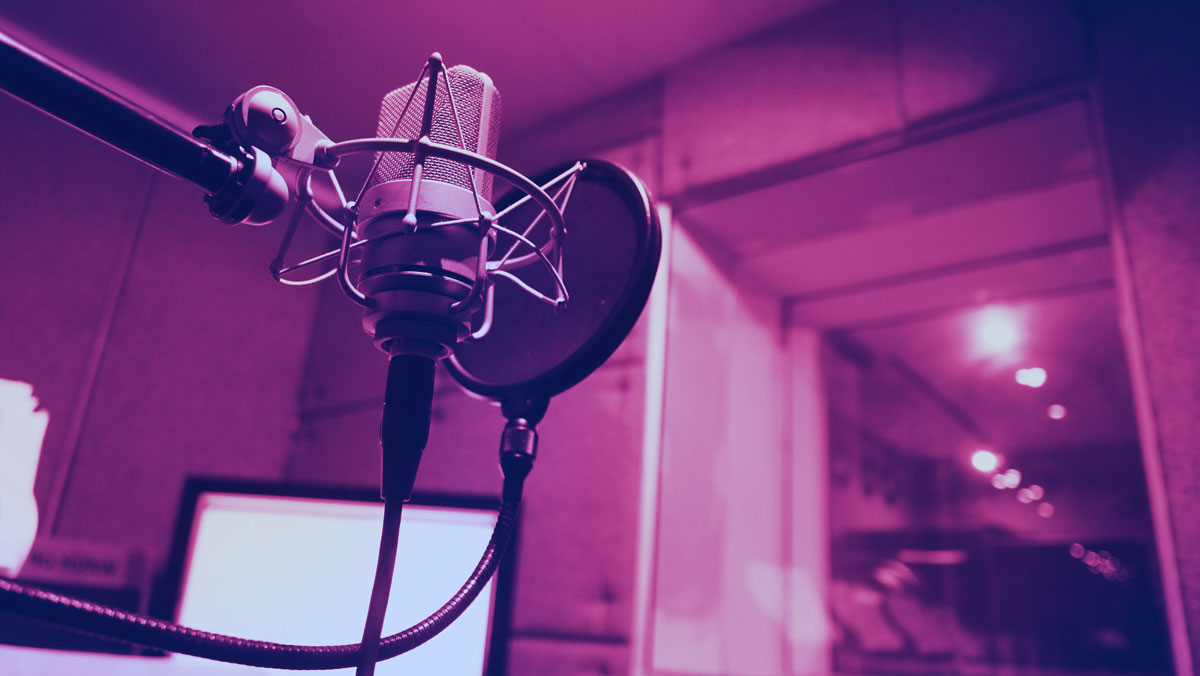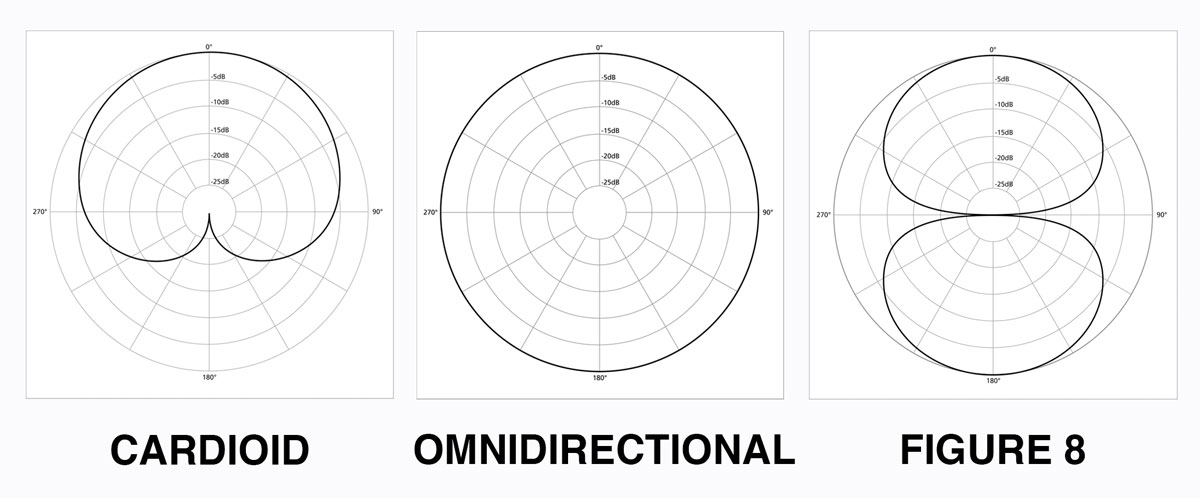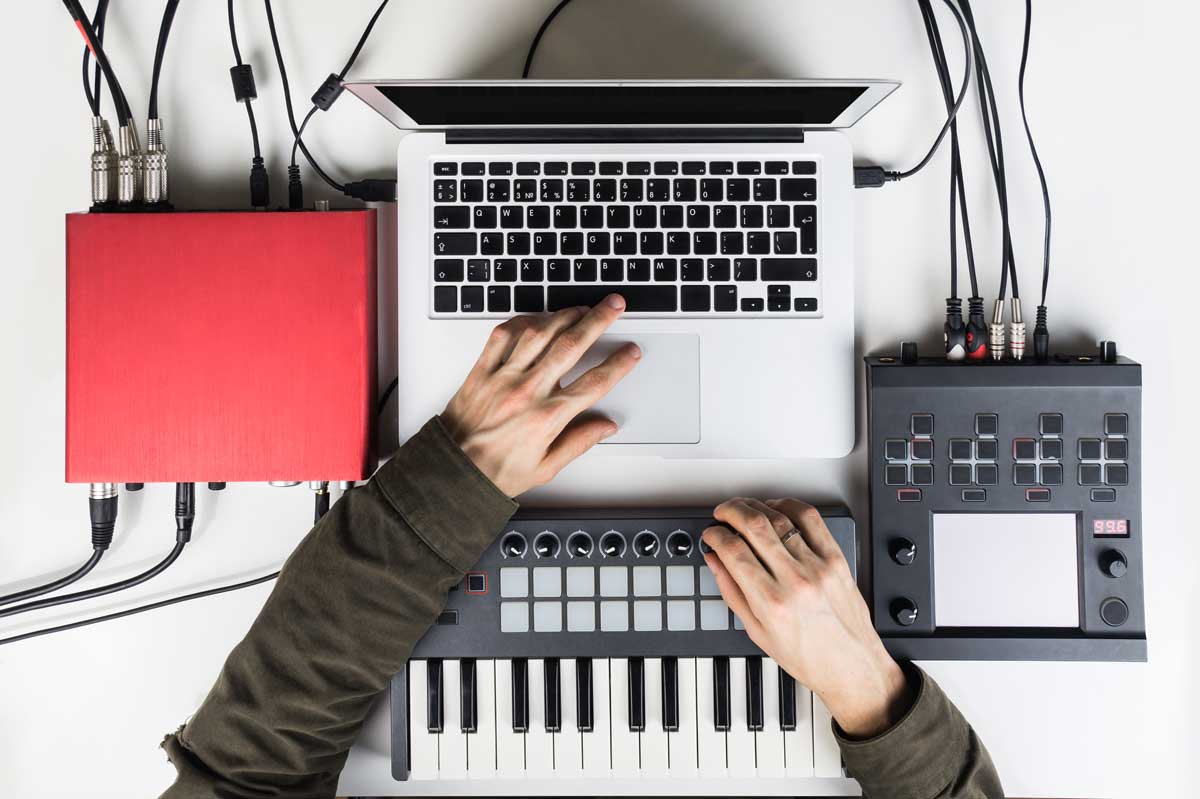The tonal complexity and sheer variation of styles make vocals one of the most challenging instruments to capture in a recording studio.
Every voice is different, every delivery unique. Thanks to modern sampling and synthesis, we've successfully managed to re-create man-made instruments, such as piano, strings, or drums, but achieving the same convincing results for the diversity of a human voice is another challenge altogether.
When it comes to a realistic human vocal, there's still nothing quite like the real thing. Vocals tend to sit at the front of your composition, and so achieving a professional sound is non-negotiable if you want your production to succeed.
In the following guide, we'll walk you through the process of how to record vocals for a wide variety of styles. Along the way, you'll learn how to achieve studio-quality results on a budget.
How To Record Good Vocals - Always Warm Up Your Voice
If your vocalist isn't up to scratch, your recordings will fall at the first hurdle. Whether or not a person can 'sing' is a very subjective topic. Still, regardless of ability, all vocalists can improve their performance with some basic warm-up exercises before the recording session.
Start by ensuring good posture. Slouching in a chair will restrict vocal ability. We don't want to restrict airflow or muscle performance, so keep your head up and shoulders back.
You can start to relax muscles and get the lungs going with some basic breathing exercises. Lots of deep breaths are a great way to start before performing some warm-up routines.
Even just a few basic 'Ah' sounds and lip trills (a bit like blowing raspberries) will elevate your performance compared with jumping in cold and hoping for the best. Check YouTube for a wide range of advice on warming up before recording vocals to get you started. Doing something is invariably better than nothing.
You can help yourself further by making wise choices in the days leading up to your recording session. Drink plenty of room temperature water or warm herbal tea. Avoid excessive amounts of caffeine or alcohol.
